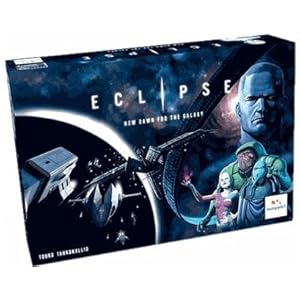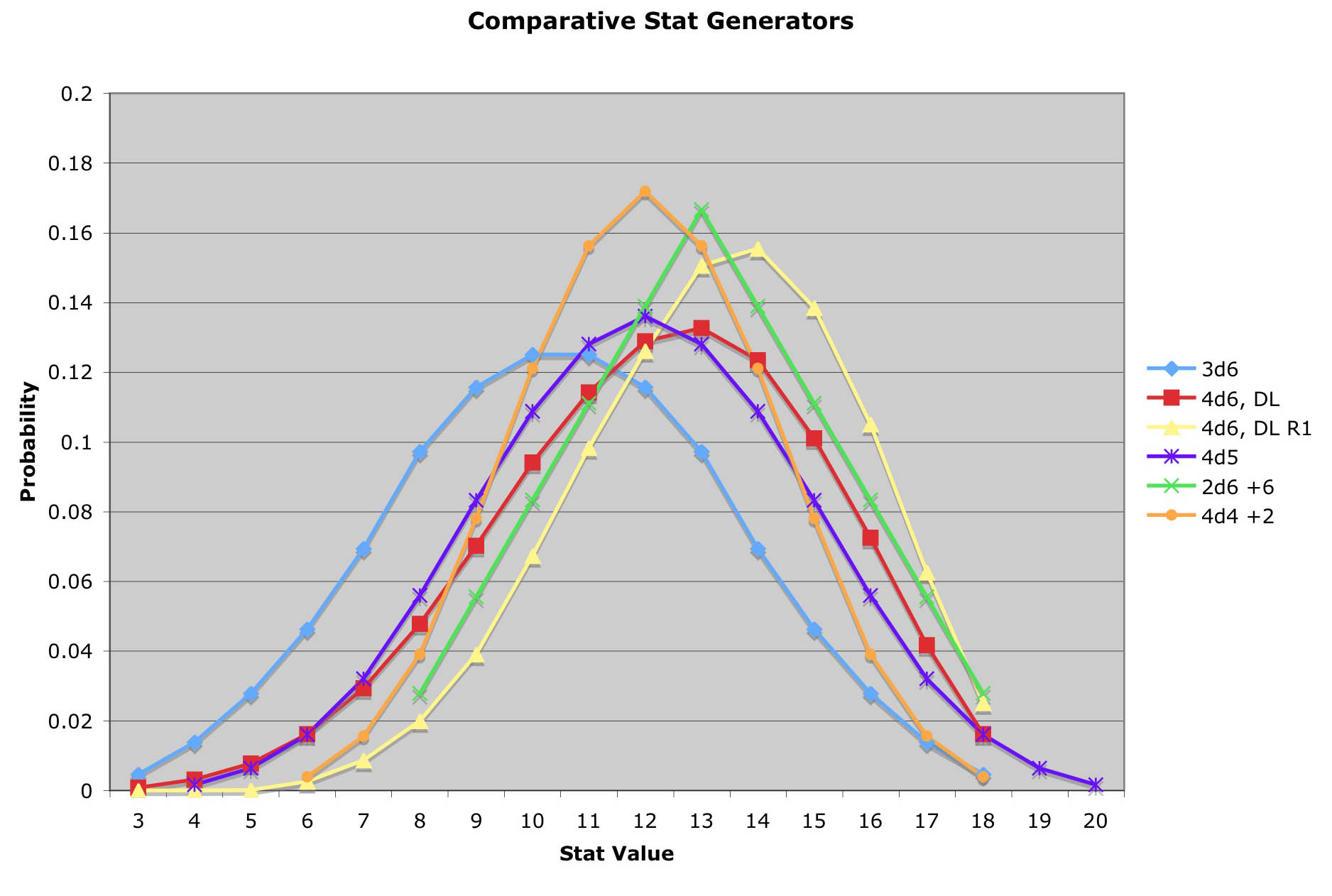I’ve recently fallen in love with the Eclipse board game. Well, really, I should say that I’ve fallen in love with a board game entitled, Eclipse: New Dawn for the Galaxy. The reason I have to be so specific is that if you go to amazon and type in Eclipse Board Game, you will quickly discover that there are two separate Eclipse board games. One is the one pictured to the right. 
While the other is a board game version of the sparkly vampire genre. That game I’m less crazy about.
Part of the strategy for the non-sparkly vampire Eclipse game is to chose your which race you want to play. The race that is recognized as the hardest to play are the Eridani. They start the game with two fewer influence disks than the other races and therefore are severely restricted in the number of actions they can take. This is why they are the most disliked of all the alien races.
I devised a strategy for them that seems to work reasonably well. It involves taking the middle in as little as three turns using as few moves as possible. Possessing the middle gives you a tremendous amount of resources and costs precious few of your already scarce influence disks. Once there you can hopefully hold the middle as well as use it to start moving against your more vulnerable neighbors.
The Eridani suffer not only from a lack of influence disks, but also disks, their problem is compounded by a lack of minerals. The middle tile does have a mineral spot as well as another advanced mining spot. I have finished entire games having these be my only populated mineral resources on the board. Those games are never pretty, but holding the middle can still pull you through some games.
The scarcity of resources means if you ever suffer significant loses in a fleet on fleet battle then it’s very difficult to recover. Therefore, Eridani players should be particularly careful not to engage opposing fleets unless they are a solid favorite. It also means that you need to carefully shepherd your starting interceptor. You poor resource production means you have to squeeze the most life out of your starting interceptor you possibly can.
So if we’re gonna take the middle on turn 3, we need to have some idea of how to build toward that. Fortunately, there are a few programs on the internet that will allow us to simulate Eclipse combats and give us a probability of success. First we need to understand that the Eridani love Dreadnoughts. Dreadnoughts are the only ship design where the Eridani get any bonuses (the one built in power). They are also the most survivable ship to build, and the Eridani’s restricted influence disks means they can’t move mass number of smaller ships efficiently.
So if the most likely initial battle fleet the Eridani can build is comprised of their starting interceptor and a dreadnought, then let’s see the best course of action to take with that fleet.
Continue reading Eclipse Board Game Strategy: Eridani Dreadnaughts
